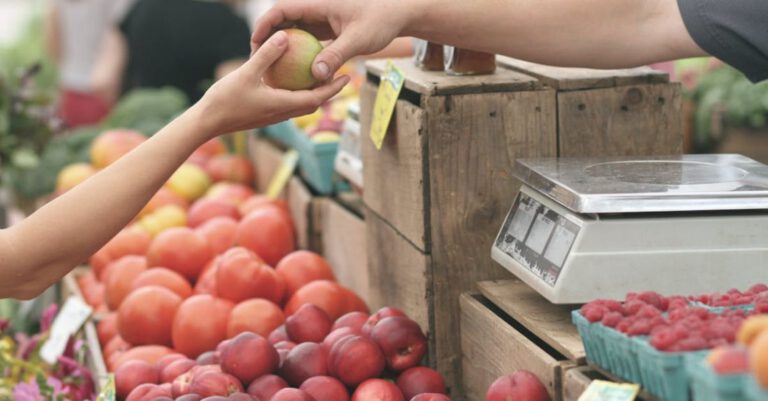
Setting Up Your Stall at a Local Market
Thinking about starting your own stall at a local market? Whether you’re a passionate crafter, a budding food entrepreneur, or a keen gardener looking to share your produce, setting up a stall can be a rewarding venture. From interacting with customers to showcasing your unique products, having a stall at a local market can be a great way to connect with your community and make some extra income. Here are some valuable tips to help you get started on the right foot.
Choosing the Right Market
Before diving into setting up your stall, it’s essential to do your research and choose the right market for your products. Visit different markets in your area to get a feel for the atmosphere, the types of vendors present, and the target audience. Consider factors such as foot traffic, location, and the market’s reputation. Choose a market that aligns with your brand and where you believe your products will resonate with customers.
Understanding Market Regulations
Each market may have its own set of rules and regulations that vendors are required to follow. Before setting up your stall, familiarize yourself with the market’s guidelines regarding stall size, setup times, permits, and any restrictions on the types of products allowed. It’s essential to comply with these regulations to ensure a smooth experience and avoid any potential issues down the line.
Designing Your Stall
The visual appeal of your stall plays a significant role in attracting customers and showcasing your products effectively. Invest some time in designing a visually appealing stall that reflects your brand and stands out from the crowd. Consider elements such as signage, display shelves, tablecloths, and decorations that complement your products. Keep your stall neat and organized to create a welcoming environment for customers to browse and make purchases.
Stocking Your Products
When it comes to stocking your stall, quality should always be a top priority. Ensure that your products are well-made, fresh (if applicable), and presented in an attractive manner. Consider offering a variety of products to cater to different tastes and preferences. Keep track of your inventory and restock regularly to avoid running out of popular items during market hours.
Promoting Your Stall
Promoting your stall is crucial to attracting customers and driving sales. Utilize social media platforms, local community boards, and word-of-mouth to create buzz around your stall before market day. Consider offering promotions or discounts to entice customers to visit your stall. Engage with potential customers online and invite them to visit your stall in person.
Engaging with Customers
Interacting with customers is a key aspect of running a successful stall at a local market. Be friendly, approachable, and knowledgeable about your products. Engage with customers by sharing the story behind your products, offering samples, and answering any questions they may have. Building a rapport with customers can lead to repeat business and positive word-of-mouth recommendations.
Adapting and Improving
As you gain experience running your stall, be open to feedback and willing to adapt and improve. Pay attention to customer preferences, sales trends, and market dynamics to identify areas where you can make adjustments and enhancements. Experiment with new products, display techniques, and promotional strategies to keep your stall fresh and appealing to customers.
Embracing the Market Community
One of the most rewarding aspects of having a stall at a local market is being part of a vibrant community of vendors and customers. Take the time to connect with other vendors, share experiences, and support each other in your entrepreneurial endeavors. Building relationships within the market community can lead to collaboration opportunities, valuable insights, and a sense of belonging.
In conclusion, starting your own stall at a local market can be a fulfilling and profitable venture with the right preparation and mindset. By choosing the right market, understanding regulations, designing an attractive stall, stocking quality products, promoting effectively, engaging with customers, adapting to feedback, and embracing the market community, you can set yourself up for success. So, roll up your sleeves, showcase your passion, and embark on your stall-owning journey with confidence and enthusiasm.





